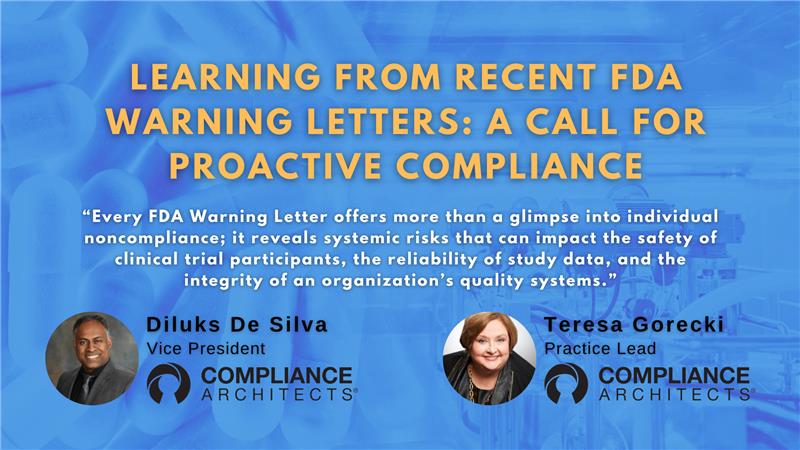The Cost of Poor Quality (COPQ) in the healthcare sector—particularly in medical devices, pharmaceuticals, and biopharmaceuticals—has profound implications for patients, employees, and shareholders. This analysis delves into the impact of the cost of poor quality across these key stakeholder groups.
Table of Contents
Impact on Patients
Poor quality in healthcare can lead to severe consequences for patients, including:
- Life-threatening risks from defective devices or contaminated drugs.
- Extended hospital stays and increased suffering.
- Delayed treatments or diminished therapy efficacy.
- Forced treatment changes due to product recalls, which can result in:
- Adverse reactions.
- Reduced treatment effectiveness.
- Increased healthcare costs and insurance premiums.

Impact on Employees
Quality issues in the healthcare industry also affect employees in various ways:
- Increased workload due to managing defects, recalls, and corrective actions.
- Higher stress levels can lead to potential burnout.
- Job security risks in severe cases.
- Moral distress occurs when employees know quality issues but feel powerless to enact change.
Conversely, a commitment to high quality can enhance morale and foster pride in their work.
Impact on Shareholders
Shareholders face significant financial risks associated with poor quality:
- There are substantial costs from product recalls, legal liabilities, and regulatory fines. For example, medical device recalls can cost around 15% of business unit sales (refer to The Dollar Cost Of A Warning Letter: Analyzing The 15% Rule from Compliance Architects).
- The reputational damage can lead to the following:
- Loss of market share.
- Decreased investor confidence.
- Falling stock prices.
- Reduced dividends.
On the flip side, a reputation for high quality can yield:
- Premium pricing power.
- Enhanced customer loyalty.
- Positive brand perception.
- Long-term shareholder value growth.
Interplay and Long-term Consequences
The impacts on patients, employees, and shareholders are deeply interconnected:
- Patient harm can lead to lawsuits, affecting employees and shareholders.
- High-profile quality failures may hinder talent attraction and retention.
On the other hand, persistent quality issues can:
- Erode trust in the healthcare system.
- Lead to increased regulation and oversight.
- Raise costs and slow innovation.
Mitigating the Cost of Poor Quality

To address these challenges, healthcare organizations should:
- Invest in robust quality management systems.
- Foster a culture of quality.
- Implement continuous improvement processes.
- Select top talent and committed leadership.
- Adopt advanced quality control technologies.
- Enhance training programs.
- Improve end-to-end supply chain oversight.
While these initiatives require upfront investment, they often result in long-term cost savings and stakeholder benefits.
Conclusion
The repercussions of poor quality in the medical device, pharmaceutical, and biopharmaceutical sectors extend far beyond financial losses. They significantly affect patient health outcomes, employee morale, and shareholder value. By recognizing these interconnected effects, companies can justify more significant investments in quality assurance, benefiting all stakeholders and fostering a more reliable and trusted healthcare system.
By addressing the cost of poor quality, healthcare organizations can enhance outcomes for all stakeholders while strengthening their market position and financial performance.
Compliance Architects LLC is ready to collaborate with your firm to optimize the cost of quality by identifying key opportunities to advance excellence in execution.
CRPN Quality Roadmap®

To enhance your organization’s quality management efforts and avoid the cost of poor quality, consider the CRPN Quality Roadmap® from Compliance Architects®. This innovative, structured methodology and web-based application enable regulated life-science companies to assess FDA compliance risk effectively and develop strategic remediation plans.
With proprietary algorithms and a cloud-based tool, the CRPN Quality Roadmap® allows you to prioritize risks intelligently, optimize resource utilization, and streamline quality improvement initiatives. Join industry leaders who have already embraced this powerful tool to drive successful quality planning and compliance outcomes.
Contact Us
To learn more about the cost of poor quality, contact us by filling out the form below.





